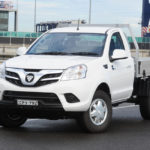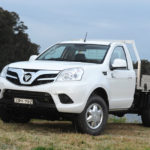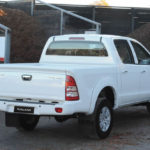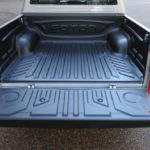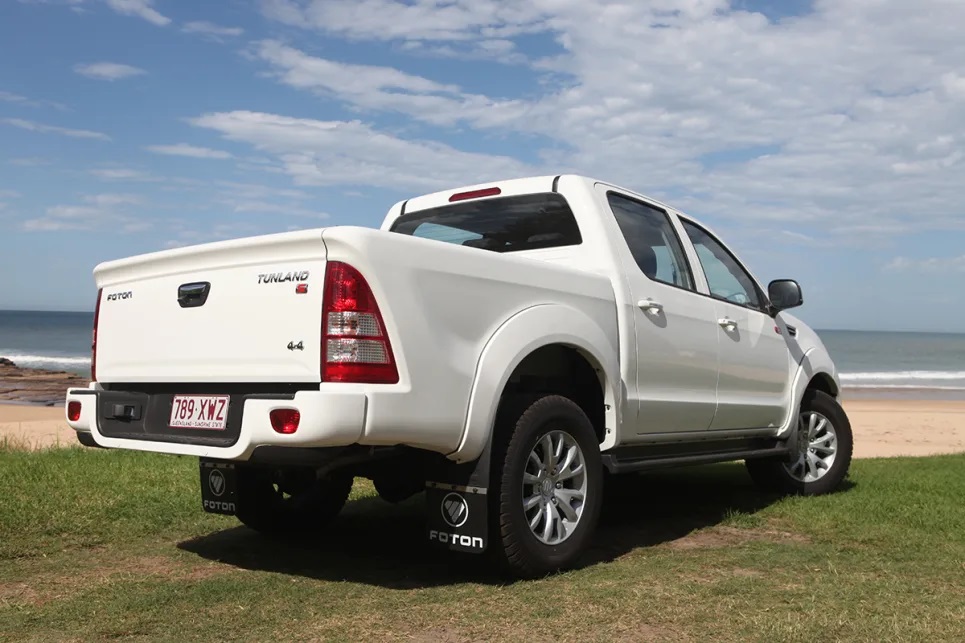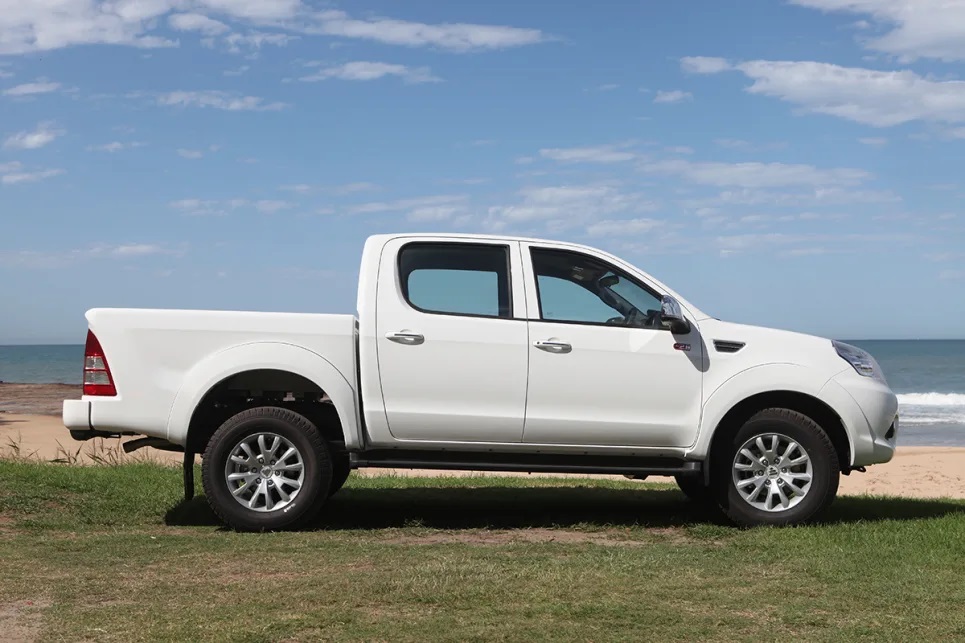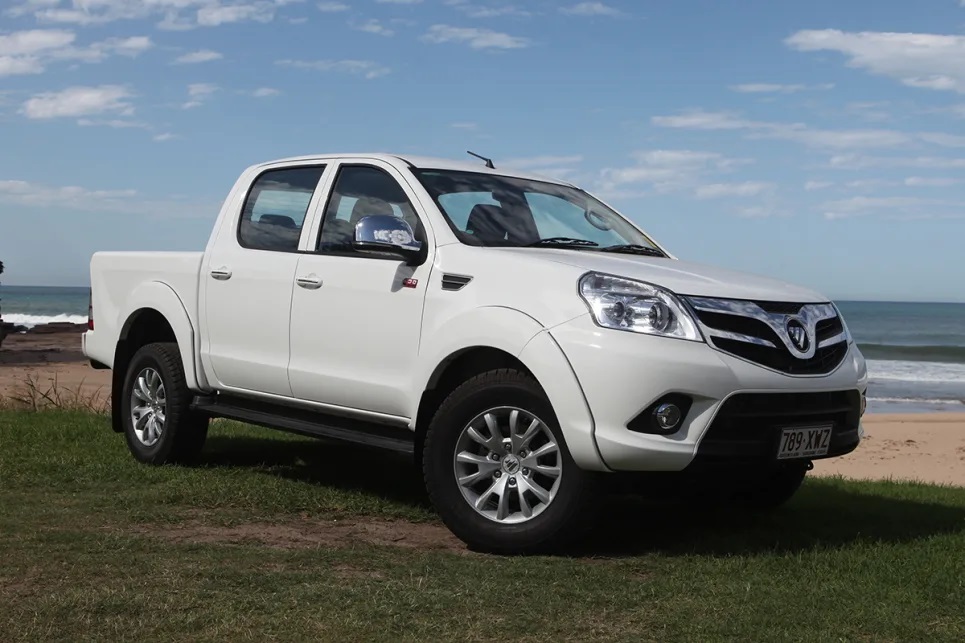
In the Australian market, Chinese utes are frequently chastised, and for good reason. Despite the fact that they appear to improve with each new generation in terms of safety and functionality, the most of them still trail behind the sector in terms of… well, everything.
Companies like Foton Motor, on the other hand, must be commended. At the very least, they are tenacious. And they can only improve their products.
The market requires more affordable options that do not compromise on safety or quality. As a result, we pushed the Foton Tunland 2018 in that spirit of inclusiveness.
How did it turn out? Continue reading.
Is it a good price-to-value proposition? What functions does it have?
As tested, the Foton Tunland 4WD with six-speed automatic gearbox costs $33,990. The odometer on our test car had just over 200 kilometres on it before the test began.
It has a leather-wrapped, tilt-adjustable steering wheel (with integrated cruise control buttons), power windows, a 7.0-inch colour touchscreen with four speakers, Bluetooth, an AUX/USB connector, Android screen mirroring, and other amenities as standard. Given the usual equipment, it appears that you get a good deal for your money. Sure, it’s not flashy, but it’s there.
What are the most important engine and transmission statistics?
A 2.8-litre four-cylinder Cummins engine (manufactured in China) powers the Tunland, producing 130kW at 2600rpm and 365Nm at 1600rpm. The transmission in our test vehicle was a six-speed automatic. As you’d imagine, the two function well together — well enough, though a touch truck-like. To put it another way, the Tunland isn’t going to win any prizes for acceleration or smoothness and quietness.
Is there anything unique about the way it’s designed?
The Tunland has a decent, simple, and sturdy (if a touch generic) appearance to it, which isn’t a terrible thing. The Tunland is chunky in all the right places, and although it won’t turn heads with its gorgeous looks (mainly because its looks are certainly not stunning), it does have the squat posture that a work-friendly truck should have. Take a look at the images and make your own decision.
How useful is the interior space?
The driver’s seat is adjustable in eight ways – height, lumbar, fore-aft sliding, and recline – so it’s simple to become comfy once you’re in.
Back-seat passengers have grasp handles, while the driver and front-seat passenger do not. However, there are strangely enough, place points for them. The three-seat bench in the back has a flip-up base. All controls are easily accessible and useable, and the media system is straightforward to operate thanks to its user-friendly operation.
Cupholders (front and rear), door recesses, and a decent-sized centre console storage area, as well as a glove box, are all standard on the Tunland. The inside is either plasticky (on the hard-touch surfaces) or simple (on the fabric sections), yet it all seems sturdy and at ease in a ute.
The tray is 1520mm in length, 1580mm in width, and 440mm in depth. Each corner of the tray has a cargo tie-down point. Our tester did not have a firm, robust tray-liner, which is a factory-fit option.
The Tunland has a towing capability of 3000kg braked (750kg unbraked), a payload of 950kg, and a gross vehicle mass of 2925kg.
How much gasoline does it use?
Its advertised total fuel consumption is 8.9 litres per 100 kilometres, but we got 9.2 litres per 100 kilometres from around 200 kilometres of primarily bitumen and dirt-track driving, with 15 kilometres of off-roading thrown in.
What kind of safety equipment is installed? What is the level of safety?
From 2012, the Tunland received a three-star ANCAP rating. It has ESC, ABS, electronic brake force distribution, traction control, hill descent control, hill start hold control, and hydraulic brake assist, as well as ESC, ABS, electronic brake force distribution, hill descent control, hill start hold control, and hydraulic brake aid. All models come with a reversing camera as standard equipment.
When ANCAP reviewed the Tunland in 2012, it received three out of a potential five stars.
How much does it cost to own it? What kind of guarantee is there?
The Tunland comes with a three-year/100,000-kilometer guarantee. Service intervals range from six months/10,000 kilometres to 60 months/100,000 kilometres. Three years of roadside assistance are included.

